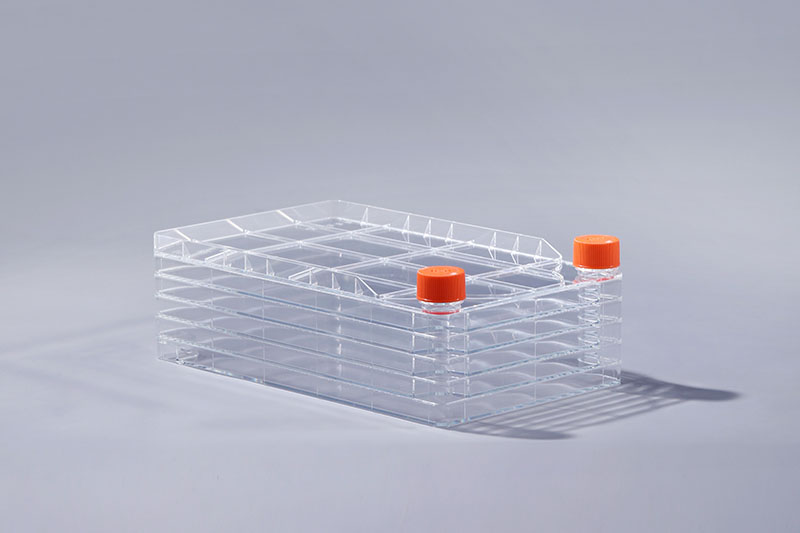The physical and chemical testing of the cell factory is a very important aspect of the quality testing of the cell factory. It involves a number of testing items, mainly including residues on ignition, leachables testing, metal elements, etc. These tests are mainly to determine whether the raw materials contain influence Cell growth chemicals, thus ensuring the safety of cell culture.
Residue on ignition: After the organic drug is decomposed by carbonization or inorganic drug heating, add sulfuric acid to moisten it, and then ignite at low temperature and then at high temperature (700-800°C), so that it is completely ashed, the organic matter is decomposed and volatilized, and the residual non-volatile inorganic impurities (more Metal oxides or inorganic salts) become sulfates, known as residues on ignition. This test is mainly to detect whether the impurities in the production raw materials of the cell factory exceed the standard, so as to judge the purity of the raw materials.
Dissolution test: the degree of material dissolution and the safety of dissolved substances after long-term contact between polymer material products and liquid products during production, storage and transportation, including bubble test, pH change test, ionization, chloride ion determination, heavy metals Content determination, evaporation residues, potassium permanganate consumption, UV absorbance, etc.
Metals: Metals are attributes of key raw materials that affect cell culture performance and the quality of related therapeutic protein products. Copper, magnesium act as cofactors and reagents in many metabolic pathways, such as cell growth, protein expression, glycoforms, and thus require elemental monitoring.
The above are the physical and chemical testing items of the cell factory. This is only one aspect of many tests. To ensure the overall quality of the product, it also includes biological testing, process testing, cell growth testing, cell and particle assurance and other testing.
The FAI climbed 5.9 percent year-on-year in the first 11 months of 2018, quickening from the 5.7-percent growth in Jan-Oct, the National Bureau of Statistics (NBS) said Friday in an online statement.
The key indicator of investment, dubbed a major growth driver, hit the bottom in August and has since started to rebound steadily.
In the face of emerging economic challenges home and abroad, China has stepped up efforts to stabilize investment, in particular rolling out measures to motivate private investors and channel funds into infrastructure.
Friday's data showed private investment, accounting for more than 60 percent of the total FAI, expanded by a brisk 8.7 percent.
NBS spokesperson Mao Shengyong said funds into weak economic links registered rapid increases as investment in environmental protection and agriculture jumped 42 percent and 12.5 percent respectively, much faster than the average.
In breakdown, investment in high-tech and equipment manufacturing remained vigorous with 16.1-percent and 11.6-percent increases respectively in the first 11 months. Infrastructure investment gained 3.7 percent, staying flat. Investment in property development rose 9.7 percent, also unchanged.
 English
English



















































